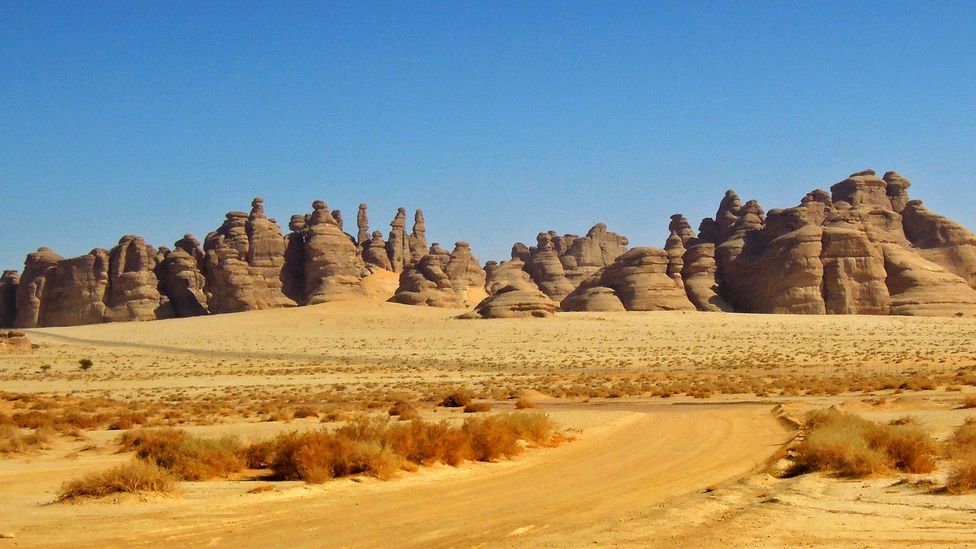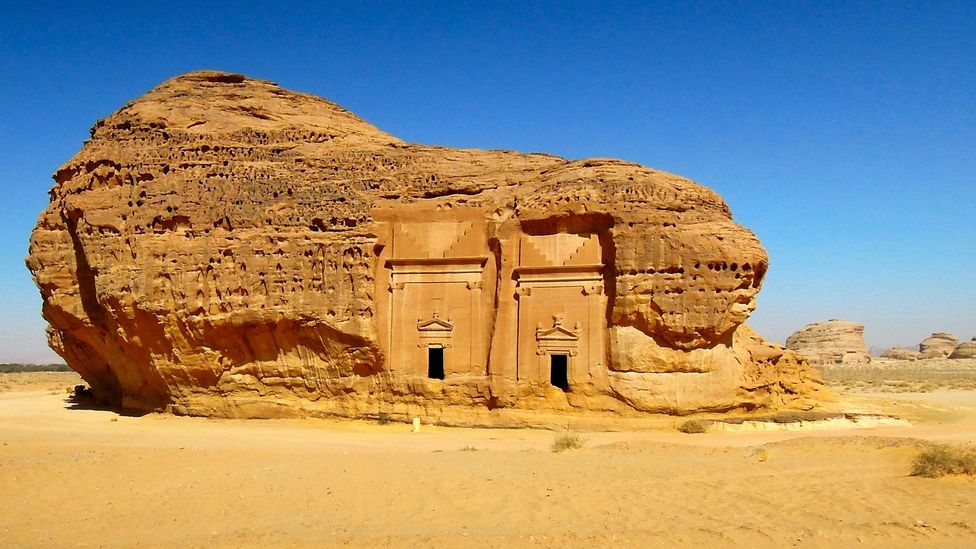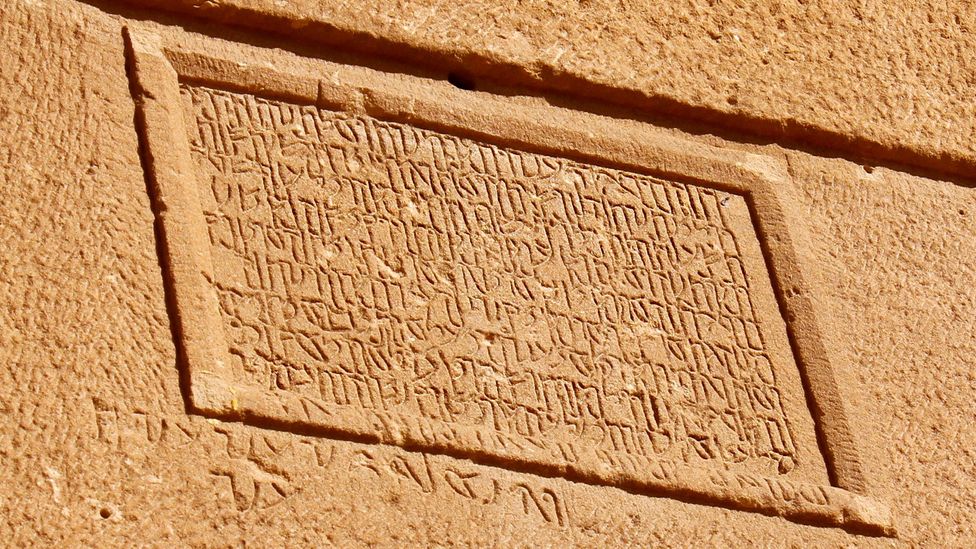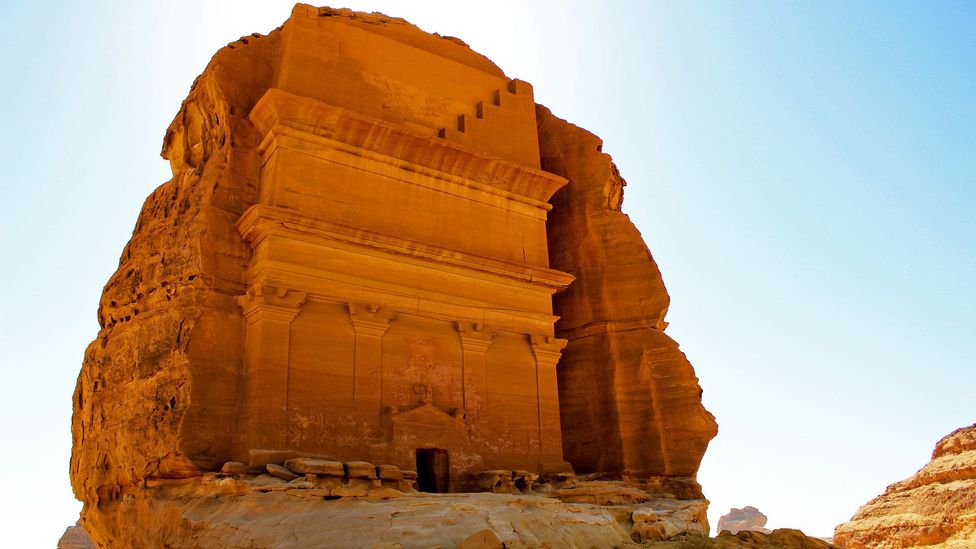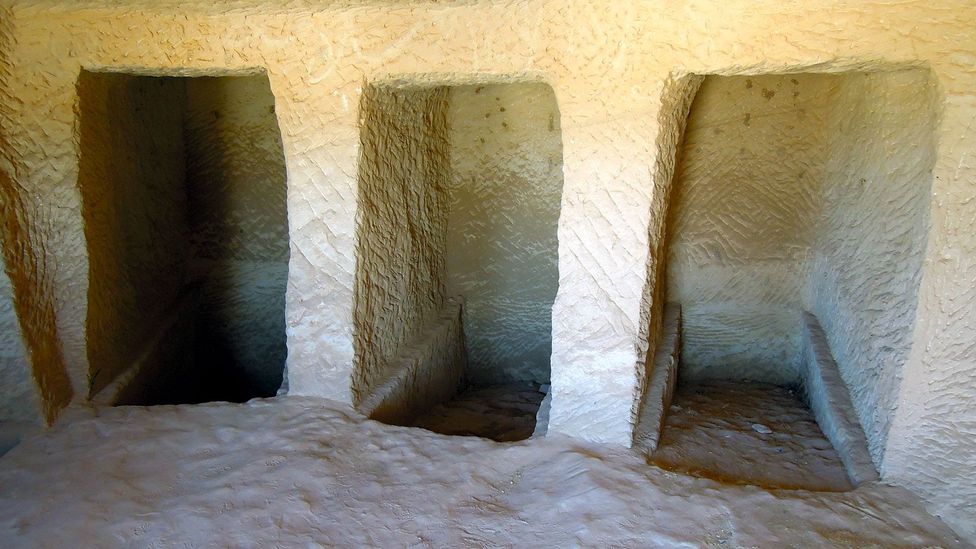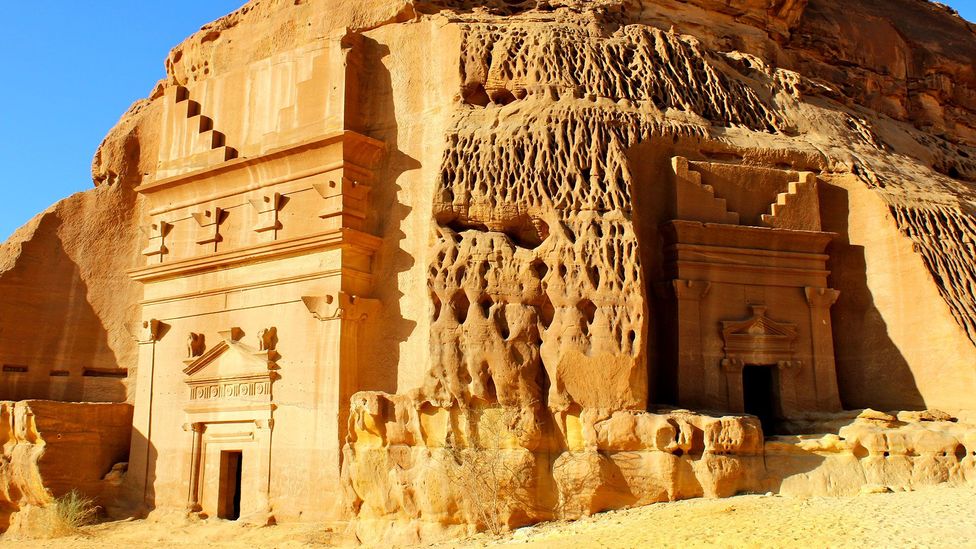An April evening in the suburbs of Khartoum. After months of undercover work, I had learned to time my visits to khalwas, Sudan’s Islamic schools, to coincide with evening prayers. I entered while the sheikhs (teachers) and 50-odd boys dressed in their white djellabas were busy praying. As they knelt, I heard the clanking of chains on the boys’ shackled legs. I sat down behind them and started filming, secretly.
I began investigating after allegations emerged of abuse inside some of these schools: children kept in chains, beaten and sexually abused. Khalwas have existed in Sudan for centuries. There are more than 30,000 of them across the country where children are taught to memorise the Qur’an. They are run by sheikhs who usually provide food, drink and shelter, free of charge. As a result, poor families often send their children to khalwas instead of public schools.
I had been working as a journalist in Sudan for five years, but this was the first time an assignment really felt personal. I was taught at a khalwa: a place where I would try to get through each day without being beaten.
In 2018, I began what would become a two-year investigation with BBC News Arabic and take me to 23 khalwas across Sudan. Before proper undercover equipment from the BBC arrived, I taped my phone inside a notebook, to secretly film.
Despite having gone to a khalwa myself, I was shocked by what I found. I saw children – some as young as five – beaten and shackled like animals. One boy with deep, raw wounds around his ankles told me: “We can be in groups of six or seven all chained together, and they [the sheikhs] make us run around in circles. Whenever one of us falls over we have to get up again because they keep whipping us … They say that this is good for us.”
One of the worst experiences I had was in 2018 at Ahmed Hanafy, a well-respected khalwa in Darfur. In a study room, under a hot corrugated iron roof, a small boy was held down and whipped more than 30 times by a teacher. The only sound in the room was the lashing of the whip and the boy’s anguished cries. I wanted to grab the whip and hit the sheikh, but I knew I couldn’t. When I later contacted the school, the sheikh confirmed they do beat children but denied this incident ever took place.
Another disturbing case was that of two 14-year-old boys, Mohamed Nader and Ismail. When I visited them in hospital they were lying on their stomachs, unconscious, their backs stripped of flesh. They were beaten and tortured so badly they nearly died.
“They kept them in a room for five days without food or water,” Mohamed Nader’s father, Nader, told me.
“They rubbed tar all over their bodies. [Mohamed Nader] has been so badly beaten you can even see his spine.”
I had filmed inside the same khalwa where this had happened, al-Khulafaa al-Rashideen, run by a man called Sheikh Hussein. The conditions there were the worst I had seen. Most of the boys were shackled and teachers hovered over them with whips in case they made any mistakes. One student pointed out a room with barred windows, which he described as a prison. It was the room in which Ismail and Mohamed Nader had been kept.
I kept in regular contact with the boys. Several months after the attack, as we played on a PlayStation together, Mohamed Nader began to tell me what happened when he was caught trying to escape with Ismail.
“They tied me up and laid me on my stomach before whipping me”, he said. The beatings went on for days. “A lot of people came to beat us while the rest of the khalwa was asleep. After that, I don’t know what happened, I woke up in the hospital.”
The police charged two teachers with assault, who were later released on bail. The khalwa remained open.
As he stared at the screen, Mohamed Nader said: “There is rape in the khalwa. They would call you for it, in a macho way.” He said the smaller or weaker boys were abused by older students.
Mohamed Nader and Ismail were not sexually assaulted, but several other people also told me that rape happened in the khalwa under the management of Sheikh Hussein.
When I returned to the khalwa to talk to him, Sheikh Hussein admitted that it was wrong to imprison children, but maintained that shackling was “packed with benefits” and that “most khalwas use chaining, not just me”. He told me he had stopped using chains and that “the prison” was now a storeroom. When I asked about allegations of sexual abuse he became angry, categorically denying these claims and accusing me of attacking the Qu’ran.
The sheikh died in a car accident earlier this year.
The new transitional government is now conducting a survey of all khalwas in Sudan. The minister of religious affairs, Nasreddine Mufreh, said they would be reformed. There should be “no beating, torture, violation of human rights or children’s rights whatsoever” inside khalwas.
When I told him about the abuse I had seen, he replied: “The old regime didn’t have laws regulating khalwas. I can’t solve a problem caused by 30 years of the old regime overnight.”
With the influence that sheikhs hold, it’s rare for families to seek justice. However, Mohamed Nader’s parents have decided to press charges. Although the public prosecutor’s office is obliged to look into all cases of violence against children, Mohamed Nader’s parents have had to hire a lawyer to fight their case.
On the way into court his mother, Fatima, said the 2018 revolution had made her more optimistic: “In the past, we had no rights but now it’s different. With the new government, we will get our rights, God willing.”
After several hours inside she emerged disappointed. One of the defendants had failed to turn up and the hearing was postponed. The teachers accused of beating the boys still haven’t entered a plea. The khalwa is now run by Sheikh Hussein’s brother who told me that under his management the beating of children would not be tolerated.
Mohamed Nader and Ismail are on a slow road to physical recovery. But thousands of other children across Sudan are still at risk.
Additional reporting from Jess Kelly
• The Schools that Chain Boys will air on BBC News Arabic TV on Monday 19 October at 18:30 GMT and can be watched on BBC News Arabic’s YouTube channel
https://www.theguardian.com/global-...ngs-and-torture-inside-sudans-islamic-schools

